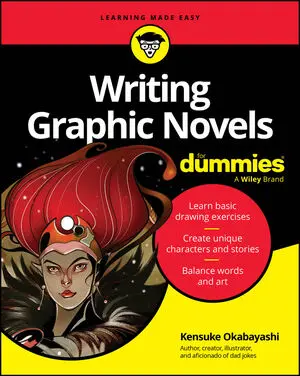Writing dialogue for the characters of your children's book takes developing a good ear and lots of practicing. But you may be better at it than you think. The writing exercises here are part of getting in the practice of regular writing and can help you rehearse writing dialogue without the pressure of having to make it good.
Dialog exercise: Talk on paper
One of the aspects of letter-writing (or e-mails, texts, and instant messages) is it can be as free-form as you want. You can write like you speak. You can be trivial and funny and even use bad words. And you can write ungrammatically, in truncated sentences, using shorthand and even emoticons or Internet slang (think LOL or IMHO) to get your meaning across.
So sit down, fire up the old laptop, and start talking on paper.
Write letters to anyone, about anything. Got a friend you owe a call to? Surprise her instead with a handwritten page or two about what’s been going on in your life. Haven’t been in touch with that friend from college?
Pretend she’s on the phone and carry on a conversation. And to get some practice with dialogue, instead of writing it all in narrative, relay some conversations you’ve had recently with others (or overheard others having) — and feel free to make your replies more witty and to the point than they really were.
And if you really want to increase the usefulness of this exercise, write a letter to a child whom you know: your own child, your friend’s child. Keep the subject matter appropriate, but write whatever comes into your head. Kids love to get mail; really little ones can’t even tell if it’s well-written or not — and won’t care.
Being yourself and being relaxed on paper, not worrying too much about how you sound, is a good way to get comfortable with writing. Then when it comes to writing the “real thing,” you won’t feel as if you’re embarking on a scary journey.
Dialogue exercise: Introduce your first best friend to the love of your life
Want to try a tactic that can really bring characters to life through dialogue? Simply choose two people you know (such as your first best friend and your significant other) and begin a dialogue between them on paper, just as you’d imagine them talking with one another face-to-face.
A famous writing teacher who guided many aspiring novelists to fame and fortune, always had her writers begin her workshops with this exercise. Now that Lisa runs her own workshops, she also has new writers try it. She always tells them that if nothing else happens, they are holding in their hands some interesting character studies to auction off on eBay when they become rich and famous children’s book writers.






